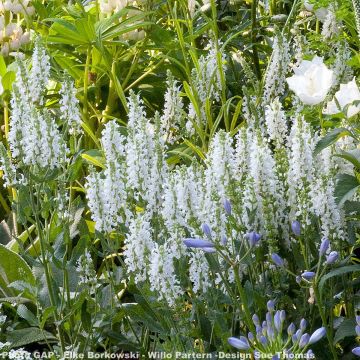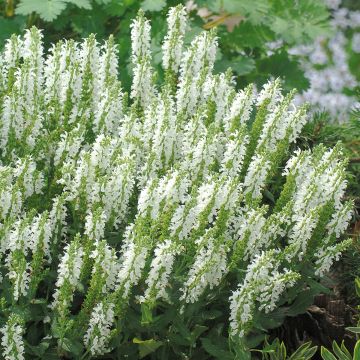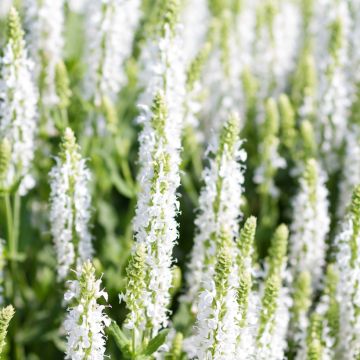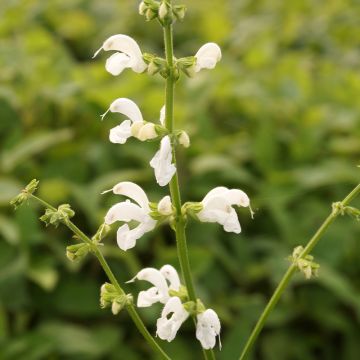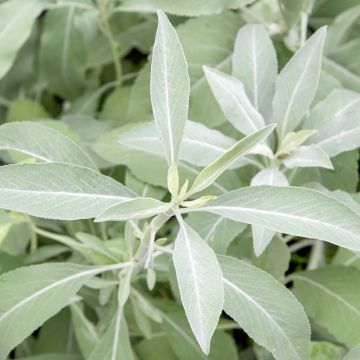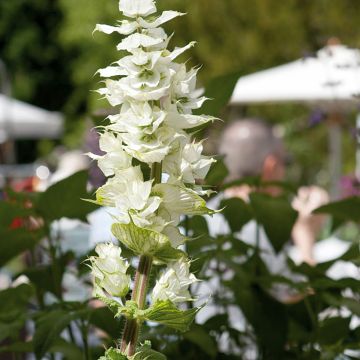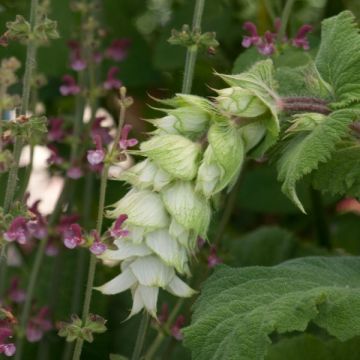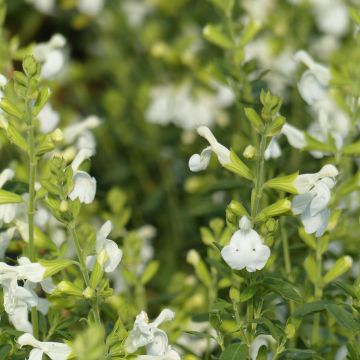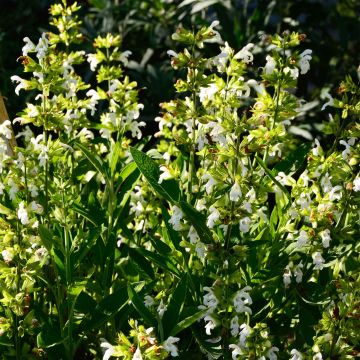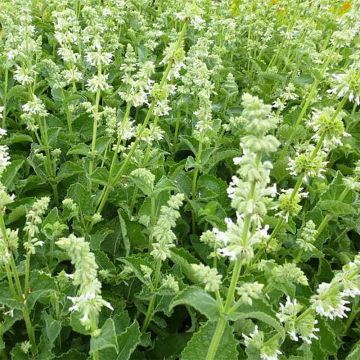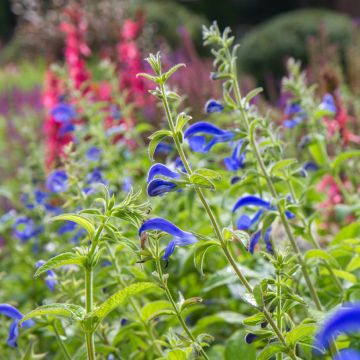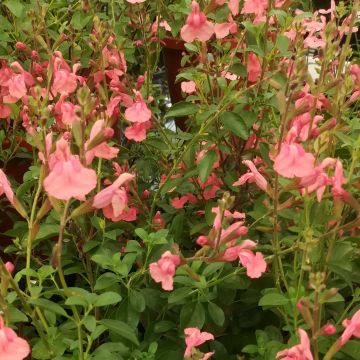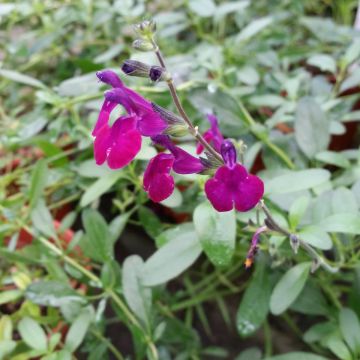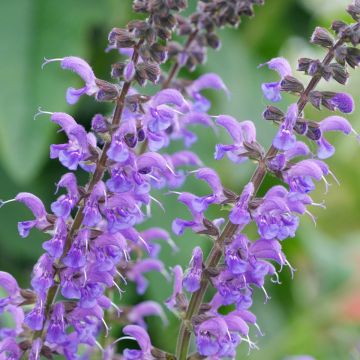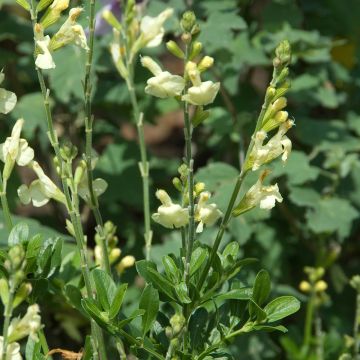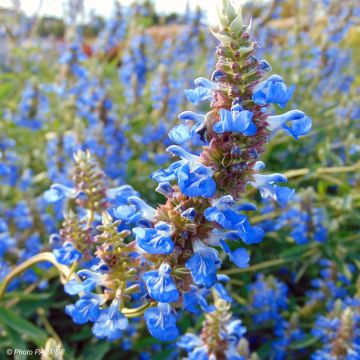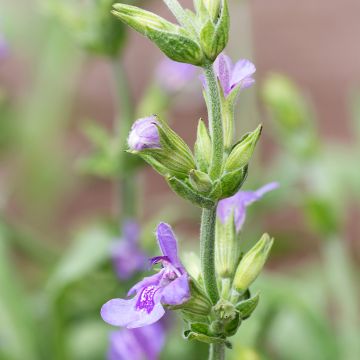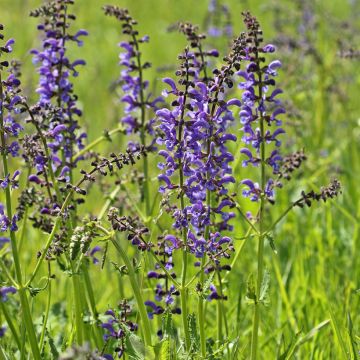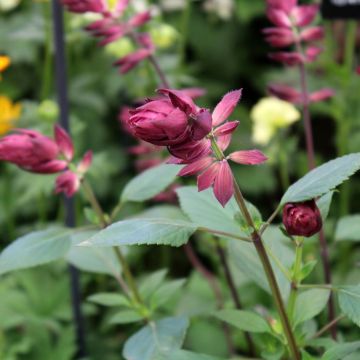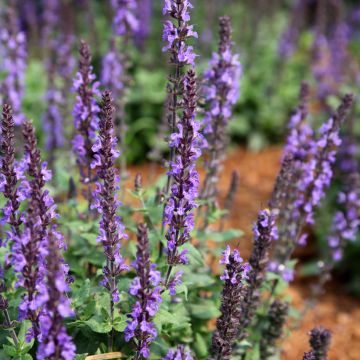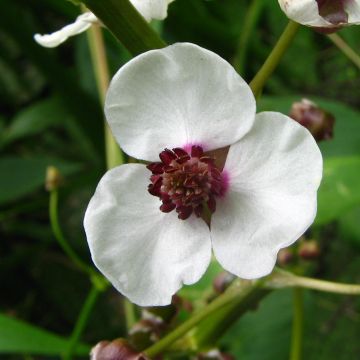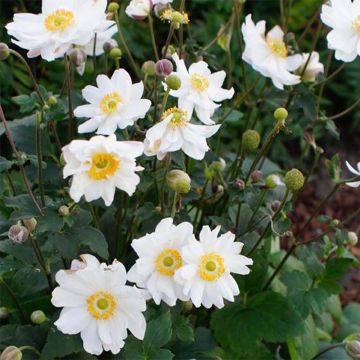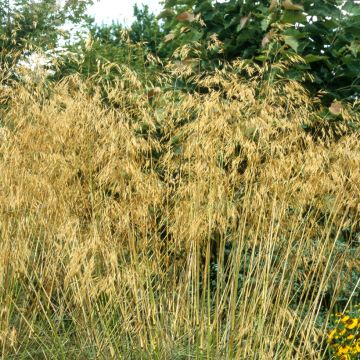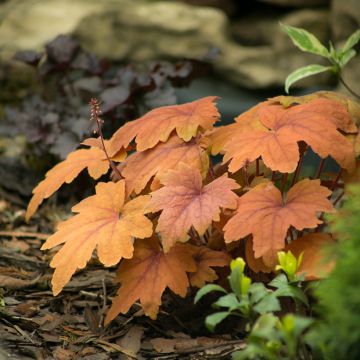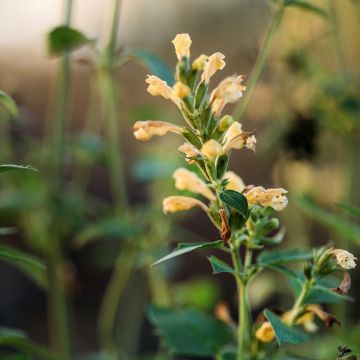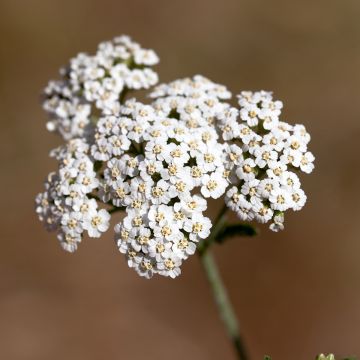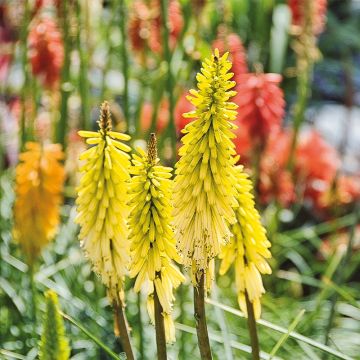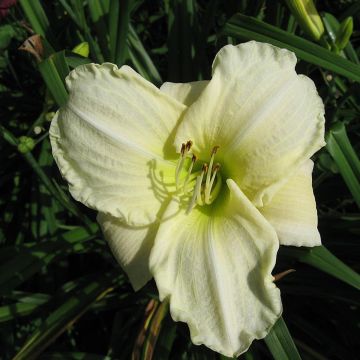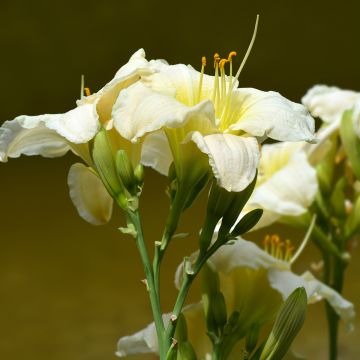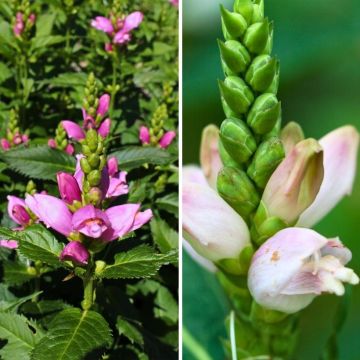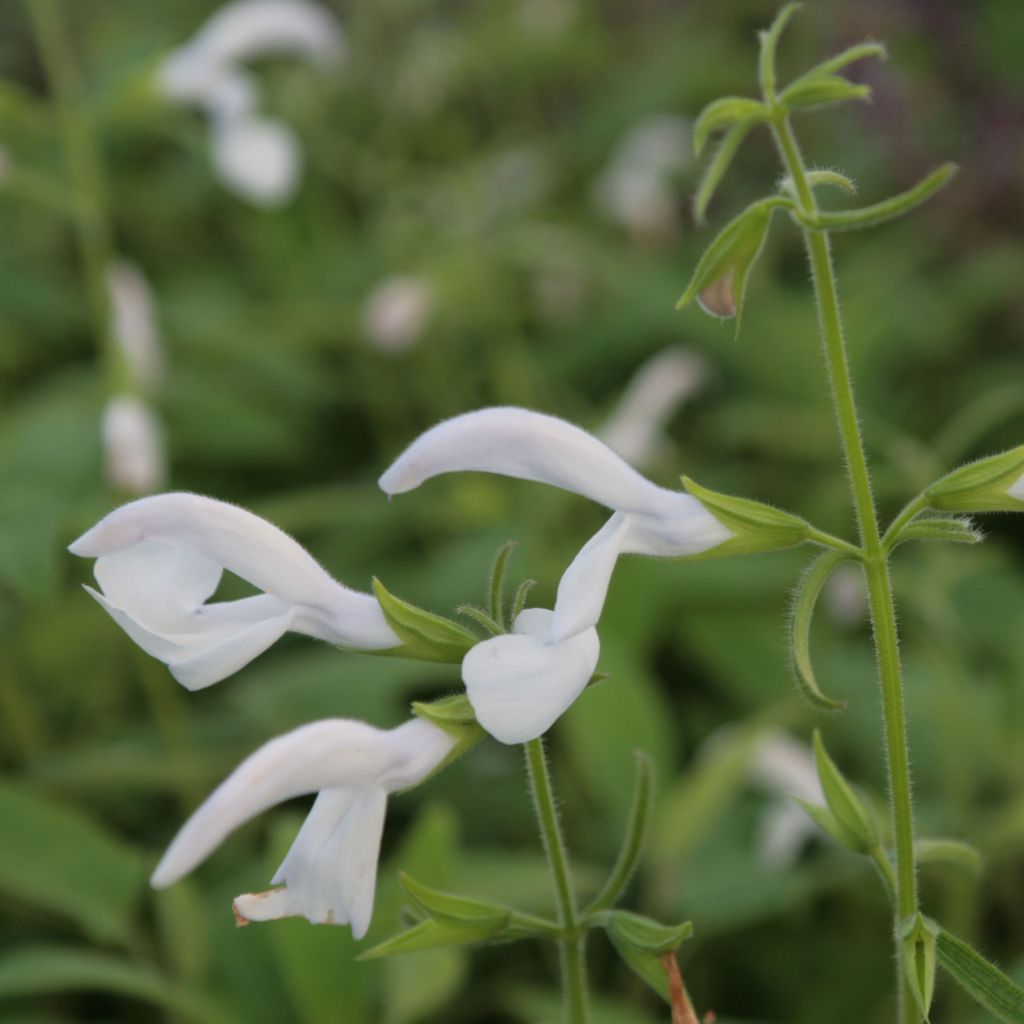

Salvia patens White Trophy
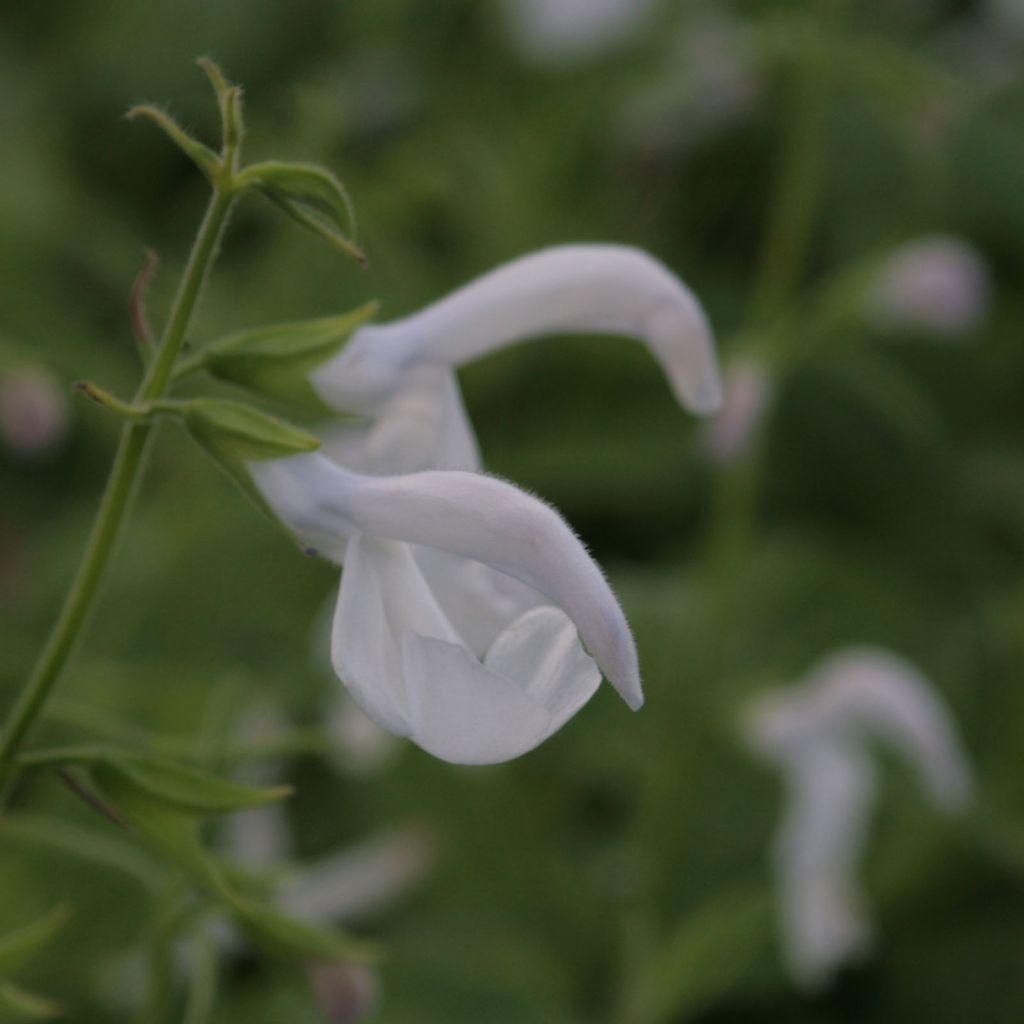

Salvia patens White Trophy
Salvia patens White Trophy
Salvia patens White Trophy
Gentian Sage
It has settled in very well and very quickly, in full sun, with beautiful white flowers. Let's hope it survives the winter...
Aude, 07/08/2020
Why not try an alternative variety in stock?
View all →This plant carries a 6 months recovery warranty
More information
We guarantee the quality of our plants for a full growing cycle, and will replace at our expense any plant that fails to recover under normal climatic and planting conditions.
From €5.90 for pickup delivery and €6.90 for home delivery
Express home delivery from €8.90.
Delivery to Corse prohibited: UE law prohibits the import of this plant from mainland France to Corse as part of the fight against Xylella fastidiosa. Please accept our sincere apologies.
More information

Does this plant fit my garden?
Set up your Plantfit profile →
Description
The beautiful gentian sage, Salvia patens 'White Trophy', is a tuberous perennial from Mexico. It is sensitive to frost and is often grown as an annual. However, the large, immaculate white flowers make it a great addition to any garden. It adds depth and dynamism to flowerbeds and is ideal for containers due to its resistance to heat and drought. It grows rapidly and prefers rich, well-drained soils and full sun.
Salvia patens belongs to the Lamiaceae family, which includes all other salvias. It is a perennial plant that grows upright and can reach 60 to 80 cm (31.5 in) while spreading to 45 cm (17.7 in). The stems bear large, opposite leaves with a triangular shape and a deep green colour. Salvia patens is a fast-growing plant that can flower in the year of sowing. flowers usually appear from July to October, with September being the most floriferous month. One of its unique features is that the 'White Trophy' variety produces white flowers instead of the typical gentian blue. The flowers, measuring 2 to 3 cm (1.2 in) in length, are quite large compared to those of other salvias. They are arranged in pairs along the stem and are visible from far away. The nectar-rich blooms attract pollinating insects, making it an excellent garden choice. Salvia patens have thick and tuberous roots that easily self-seed in well-drained, light soil.
Gentian sage is a beautiful plant that thrives in sunny borders or flowerbeds. Its white flowers complement the vibrant pink of Salvia microphylla flowers, which reach their peak in September. Combining it with asters and grey foliage plants like Artemisia and Senecio vira-vira can also be a great idea, as they share similar growing conditions.
The genus Salvia is the largest in the Lamiaceae family, with over 900 species of annuals, perennials, and woody shrubs found throughout the world, except for very cold regions and tropical forests.
Report an error about the product description
Salvia patens White Trophy in pictures
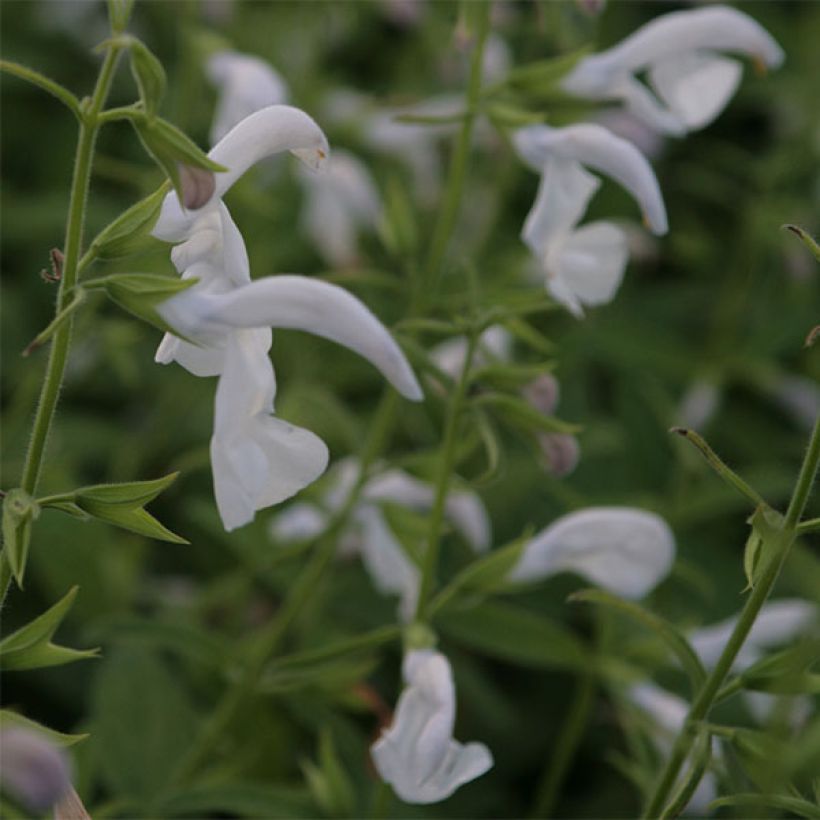

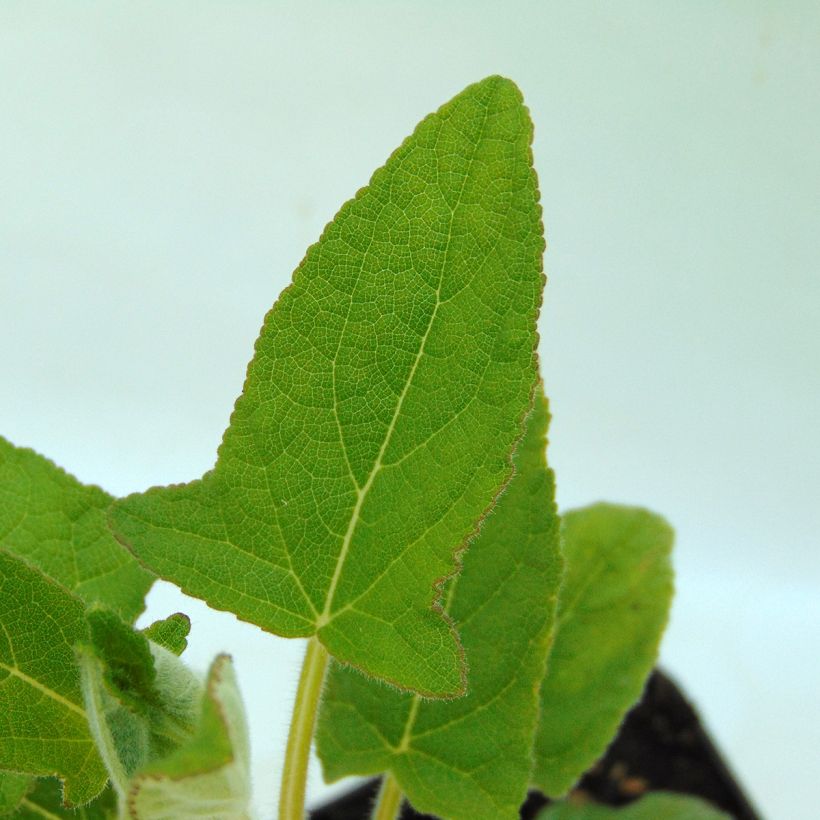

Flowering
Foliage
Plant habit
Botanical data
Salvia
patens
White Trophy
Lamiaceae
Gentian Sage
Cultivar or hybrid
Other Salvia - Sage
Planting and care
Gentian sage, also known as Salvia patens 'White Trophy', is a beautiful flowering plant that requires a lot of sunlight to bloom. It has a tuberous root that makes it tolerant to heat and drought but sensitive to winter humidity. For best results, plant it in spring in a nutrient-rich, well-drained soil that tends towards neutrality. To ensure generous flowering, you can fertilise it with flower fertiliser every 15 days during summer and remove the faded spikes to prolong the blooming period.
In regions with harsh winters, gentian sage is grown as an annual. However, in milder climates, it can survive the winter if the soil has good drainage. To increase its hardiness, you can spread a coarse sand or gravel layer at the bottom of the planting hole (40 cm or 15.7 cm deep). To protect the root from excess moisture during winter, you can cover it with a layer of dead leaves and waterproof material like a large tile or plexiglass for ventilation. This technique allows the plant to tolerate temperatures as low as -12°C.
If you want to grow gentian sage in a pot, choose a container with a 20 to 30-litre capacity and provide sufficient soil volume for its roots to develop. Store the pot in a cool, dry place protected from frost in winter. Use fertiliser every 15 days to support flowering during summer.
Planting period
Intended location
Care
-
, onOrder confirmed
Reply from on Promesse de fleurs
Summer flowering perennials
Haven't found what you were looking for?
Hardiness is the lowest winter temperature a plant can endure without suffering serious damage or even dying. However, hardiness is affected by location (a sheltered area, such as a patio), protection (winter cover) and soil type (hardiness is improved by well-drained soil).

Photo Sharing Terms & Conditions
In order to encourage gardeners to interact and share their experiences, Promesse de fleurs offers various media enabling content to be uploaded onto its Site - in particular via the ‘Photo sharing’ module.
The User agrees to refrain from:
- Posting any content that is illegal, prejudicial, insulting, racist, inciteful to hatred, revisionist, contrary to public decency, that infringes on privacy or on the privacy rights of third parties, in particular the publicity rights of persons and goods, intellectual property rights, or the right to privacy.
- Submitting content on behalf of a third party;
- Impersonate the identity of a third party and/or publish any personal information about a third party;
In general, the User undertakes to refrain from any unethical behaviour.
All Content (in particular text, comments, files, images, photos, videos, creative works, etc.), which may be subject to property or intellectual property rights, image or other private rights, shall remain the property of the User, subject to the limited rights granted by the terms of the licence granted by Promesse de fleurs as stated below. Users are at liberty to publish or not to publish such Content on the Site, notably via the ‘Photo Sharing’ facility, and accept that this Content shall be made public and freely accessible, notably on the Internet.
Users further acknowledge, undertake to have ,and guarantee that they hold all necessary rights and permissions to publish such material on the Site, in particular with regard to the legislation in force pertaining to any privacy, property, intellectual property, image, or contractual rights, or rights of any other nature. By publishing such Content on the Site, Users acknowledge accepting full liability as publishers of the Content within the meaning of the law, and grant Promesse de fleurs, free of charge, an inclusive, worldwide licence for the said Content for the entire duration of its publication, including all reproduction, representation, up/downloading, displaying, performing, transmission, and storage rights.
Users also grant permission for their name to be linked to the Content and accept that this link may not always be made available.
By engaging in posting material, Users consent to their Content becoming automatically accessible on the Internet, in particular on other sites and/or blogs and/or web pages of the Promesse de fleurs site, including in particular social pages and the Promesse de fleurs catalogue.
Users may secure the removal of entrusted content free of charge by issuing a simple request via our contact form.
The flowering period indicated on our website applies to countries and regions located in USDA zone 8 (France, the United Kingdom, Ireland, the Netherlands, etc.)
It will vary according to where you live:
- In zones 9 to 10 (Italy, Spain, Greece, etc.), flowering will occur about 2 to 4 weeks earlier.
- In zones 6 to 7 (Germany, Poland, Slovenia, and lower mountainous regions), flowering will be delayed by 2 to 3 weeks.
- In zone 5 (Central Europe, Scandinavia), blooming will be delayed by 3 to 5 weeks.
In temperate climates, pruning of spring-flowering shrubs (forsythia, spireas, etc.) should be done just after flowering.
Pruning of summer-flowering shrubs (Indian Lilac, Perovskia, etc.) can be done in winter or spring.
In cold regions as well as with frost-sensitive plants, avoid pruning too early when severe frosts may still occur.
The planting period indicated on our website applies to countries and regions located in USDA zone 8 (France, United Kingdom, Ireland, Netherlands).
It will vary according to where you live:
- In Mediterranean zones (Marseille, Madrid, Milan, etc.), autumn and winter are the best planting periods.
- In continental zones (Strasbourg, Munich, Vienna, etc.), delay planting by 2 to 3 weeks in spring and bring it forward by 2 to 4 weeks in autumn.
- In mountainous regions (the Alps, Pyrenees, Carpathians, etc.), it is best to plant in late spring (May-June) or late summer (August-September).
The harvesting period indicated on our website applies to countries and regions in USDA zone 8 (France, England, Ireland, the Netherlands).
In colder areas (Scandinavia, Poland, Austria...) fruit and vegetable harvests are likely to be delayed by 3-4 weeks.
In warmer areas (Italy, Spain, Greece, etc.), harvesting will probably take place earlier, depending on weather conditions.
The sowing periods indicated on our website apply to countries and regions within USDA Zone 8 (France, UK, Ireland, Netherlands).
In colder areas (Scandinavia, Poland, Austria...), delay any outdoor sowing by 3-4 weeks, or sow under glass.
In warmer climes (Italy, Spain, Greece, etc.), bring outdoor sowing forward by a few weeks.

































